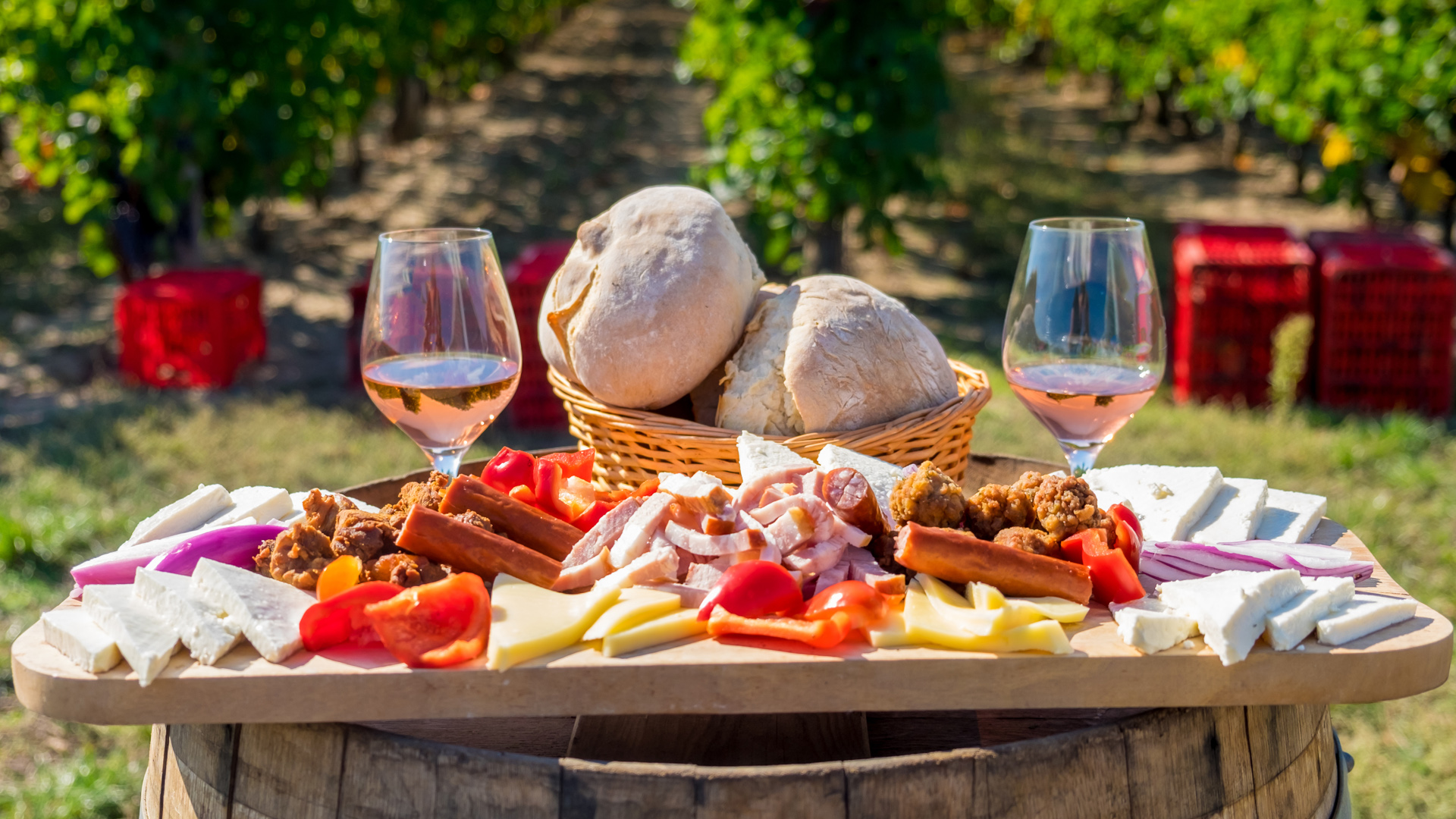
Did really Vlad the Impaler drink blood ? – The culinary habits of Romanian rulers
Probably the most fascinating figure in Romania’s history is Vlad the Impaler (named Vlad Tepes) better known outside of the Romanian borders as Dracula. Some say he was a cruel and heartless leader, for others, he is a hero, but since historic debates are not our main purpose, there is one interesting question that most people have about Vlad Tepes. We already know he was not a real vampire and that story is just a myth perpetuated by Bram Stoker’s novel. However, we have to ask ourselves at one point if he did indeed used to drink the blood of his victims or if that is just another popular myth.
To answer this question we would have to take a look at Romania’s culinary evolution throughout the centuries to fully grasp what Romanian rulers did have on their tables during a feast, which foods would they often consume and which dishes that are now part of the Romanian traditional cuisine were not as common or even unknown to Romanians who lived during medieval times.
Common foods during Dacian and Roman times
Prior to the formation of the Romanian language, before the formation of the Romanian people, before the Romanization, there were the Dacians. The basic occupation of the Dacians was agriculture. During the expedition of Alexander the Great to the north of the Danube, his soldiers had to go through large wheat fields, and had to cut them down with their spears.
According to some historians, the Dacian ruler Decebal, during the wars with the Romans, had some of his people in charge with the defense of the cities and the others to take care of the agricultural works. Agriculture was vital to the existence of the Dacian state and viticulture played a major role.
Dacians would consume peas, leeks, grains, onions, carrots, radishes and birch sap. Apples and honey were very much appreciated. We don’t have much written information about their culinary habits, but there are details that we know thanks to the ancient Dacian and Roman sites, the most famous one being Sarmizegetusa Regia and ruins of former Roman city Ulpia Traiana Sarmizegetusa, the place where the church from Densus was built, the oldest stone church from Romania. Dacians consume mainly vegetable products, bread, mushrooms, various types of cheese, just like in current Romanian rural areas.

Dacian salt statue
The famous polenta (mamaliga), one of the most popular traditional Romanian dishes was not consumed during the Dacian period simply because corn was not yet cultivated in Europe. The abundance of vineyards, cultivated and wild fruits allowed the Dacians to obtain wines of different varieties, beer, mead, and their derivatives. Conservation techniques were also known to them. Salting, smoking and drying were some of the usual methods to preserve meat obtained from hunting or domestic animals.
We can’t say that the Dacians fed with sophisticated food, but the Romans were experts in elaborate feasts. The Romans became famous in ancient times for extravagant feasts, the food presentation, its richness and diversity. In Rome, a dozen of different kinds of dishes could be served at one meal. Romans had also some unusual…culinary habits. They used to sometimes drink the blood from gladiators who fought in the arena because they thought that fresh blood or raw liver could help in healing epilepsy.
Flourishing grain trade in Moldavia
Once the historic regions of current Romania were formed, the culinary diversity was influenced by different cultural and commercial connections that the respective regions had with other territories. For example, the historic region of Moldavia was trading grains during Stefan the Great’s (Stefan cel Mare) time on the famous Silk Rod. It has to be said that Silk Road is actually a network of trade roads, the main route linking the Mediterranean basin to East Asia, but adjacent roads were carrying various goods to the Arabian Peninsula, to India or even to Africa.
The most common food in the princely courts was meat obtained from hunting and bread. This is why most medieval rulers have suffered from gout (a disease that occurs because of high meat consumption). There is also a lot of wine drinking in that era, partially because drinking water had a low quality.
The greatest sign of wealth at that time was using spices. Whoever afforded to put spices in the food was very rich and became much respected in their social group. Spices were also the main currency of exchange, being more valuable than gold in some cases. Pepper, for example was sold in pieces (the price was fixed per grain).
Moldavia of the 15th-16th centuries was connected to the economic and cultural circuit between the East and the West, which brought it money and fame. More than five hundred years ago, one of Europe’s most important commercial roads, the “spice road”, passed through Moldova, and Stefan the Great was the first to fully understand the importance of this great advantage and exploited it for his benefit. Trade was one of the main reasons for which the ruler engaged in wars to remove competition, and he made alliances to encourage and protect commercial trade, especially for grains.
During medieval times, the only resources on which Moldavia could rely – not much different from the current ones – consist of forests, pastures, extensive cultivated areas (with grains and vineyards) and stone, sand and limestone exploitation.
One of the main goods traded, cereals consisted of wheat barley, oat and the most extensive culture being, apparently, millet according to some historic chronicles, especially the Turkish ones, which mention the supplies found at Cetatea Alba at its fall.
The Bucovina region also took part in the commercial trade as this territory was the nucleus around which the medieval state of Moldova was formed, but also the region where an active spiritual life took place, concentrated mainly around famous monasteries (Putna, Moldovita, Sucevita, Voronet, Arbore, Solca, Dragomirna etc.) The northern part of the region has had a strong economic development both thanks to the establishment of Moldavia’s capital in Suceava (in 1387) and the development of a network of domestic and international trade routes and defense points.
Lavished feasts at princely courts
Moving on to Wallachia, one of the most important figures in its history is Vlad Tepes’ grandfather, Mircea the Elder (Mircea cel Batran). Mircea ascended to the throne of Wallachia after the death of his brother Dan on September 23, 1386. Some say he might have killed his brother, so you have to wonder if ruthlessness ran in the family. He found Wallachia in a process of development through the wise policies promoted by his forefathers and will continue to consolidate the economy, the army, the administration and the Church institution during his reign.
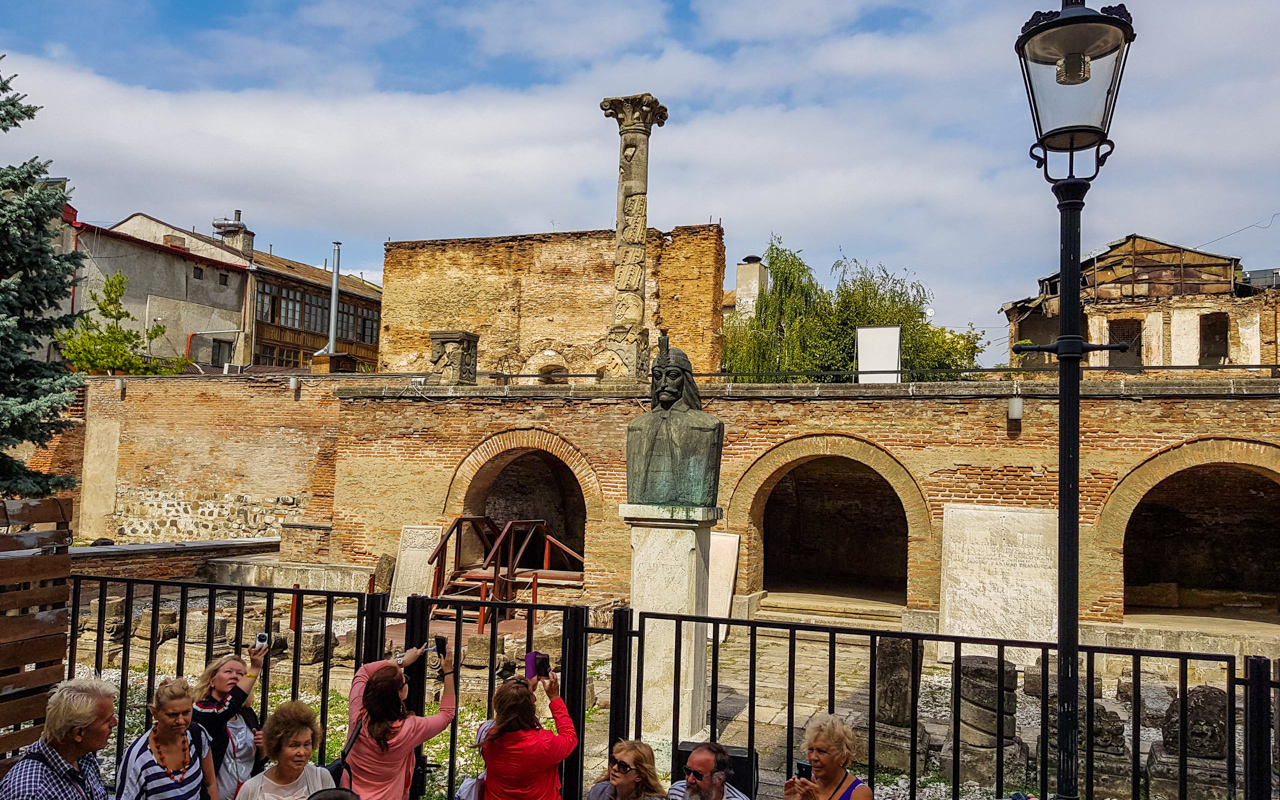
Bucharest Tour
Along with the domestic production of cereals (wheat, millet, oats, and barley) and vegetables, which were for domestic consumption or went to export over the Danube, Wallachia imported important quantities of these products from Transylvania. Trade agreements or trade treaties were generally concluded so that customs exemptions were obtained. It was customary for cereal and berry supplies to be stored in subterranean granaries, built so that rainwater wouldn’t damage them. Along with these products, significant quantities of wine and fruit were also produced in Wallachia, nut trees and other trees being often mentioned in property documents.
The greatest agricultural wealth was represented by livestock and products resulting from their exploitation. Cows, horses, sheep, pigs and bees were grown in the region. The cattle, cheese, wax and honey were exported in significant quantities. A lot of fish were also exported, from the rivers and basins of Wallachia. Considering what we know about the trade connections, it’s safe to assume how the typical diet of Romanians during that period was.
Finally, let’s address the fact that there is a myth about Vlad the Impaler who was keen on drinking blood. Like in any legend, there must be a grain of truth in it and considering that most despots during medieval times had cruel customs, such as drinking the blood of their enemies (showing that hundreds of years has passed from Roman times, but the fascination for blood still remained), it’s most likely that the Wallachian ruler might have been drinking blood on certain…occasions.
Authors of some 15th century Slavic legends offer a disturbing narrative about Vlad the Impaler‘ feasts after he would kill either his enemies during battle or noblemen who betrayed him. The legends say that Vlad Tepes would eat surrounded by their corpses and dipped bread pieces into their blood which he would then swallow.
Another legend says that while Vlad Tepes was held as a prisoner at Corvin Castle in Hunedoara by Matei Corvin, one of his favorite occupations was to hunt and catch rats which he would torture and kill in order to satisfy his appetite for cruelty. It’s unknown whether he satisfied his culinary appetite as well with rats; just like it’s not certain if he was ever held captive at Corvin Castle.
Certainly, more pleasant feasts were the ones held at special occasions at the Princely Court from Bucharest (built by Mircea the Elder between 1389-1418 and consolidated by Vlad Tepes) or at the Princely Court in Targoviste (also built by Mircea the Elder in the 14th century). The two residences were used alternatively by Wallachian rulers during the medieval period. It’s also important to note that Vlad Tepes used the Poenari Fortress as a secondary residence, a strategic point of observation built by Negru Voda during the 14th century and consolidated by Vlad.
The first culinary unification during Mihai the Brave
The first ruler who managed to unify all the Romanian regions, even for a short time was Mihai the Brave (Mihai Viteazul). On July 6, 1600, Wallachia, Moldova and Transylvania were united for the first time at Alba – Iulia, an event that foreshadowed what would occur again more than 300 years later. The Wallachian ruler paid for his boldness with his life in 1601, and his reign over the three regions lasted only about a year.
At the beginning of the 17th century, in Romanian regions food consisted of cereals (wheat, millet, barley, very little lentils or rye, and corn starting only with the 18th century), meat (cattle, sheep, pigs but rarely birds), vegetables and honey (sugar was not widely used). Of the vegetables, cabbage had the greatest demand; as for vegetables originating in America, such as beans, potatoes, tomatoes, they became important in Romanian cuisine only in the 19th century. One thing is certain: medieval Romanians consumed more meat than western Europeans. Drinks sometimes also counted as foods.
Some recipes from the fests of rulers and those who were part of the wealthy class were preserved to this day and include foods like cow jaws boiled in wine, roasted quails, smoked ribs soup or skewers, which is said that were Mihai the Brave’s favorites.
Certain foods that Romanians consumed during the medieval period seem strange now, and some of them are no longer found, but it’s certainly fascinating to think about what was served at a rulers’ supper or to see how the traditional cuisine has evolved in time.
If you want to know more about Romanian life during medieval times, our recommendation is to book our medieval tour in Romania. For a closer look at the life of the real Dracula, you can opt for our one-day tour in search of Dracula, for the Dracula tour in Transylvania or for the Real Dracula Tour.



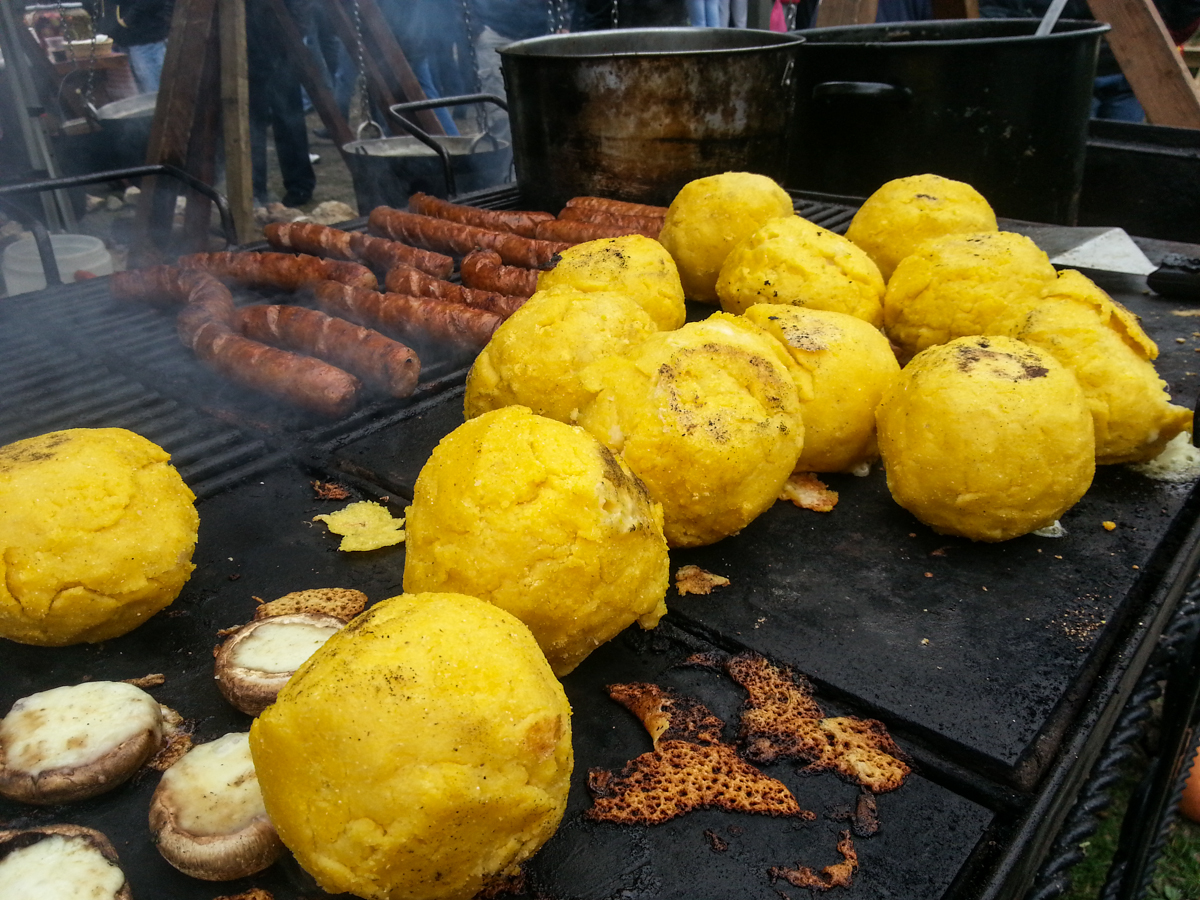
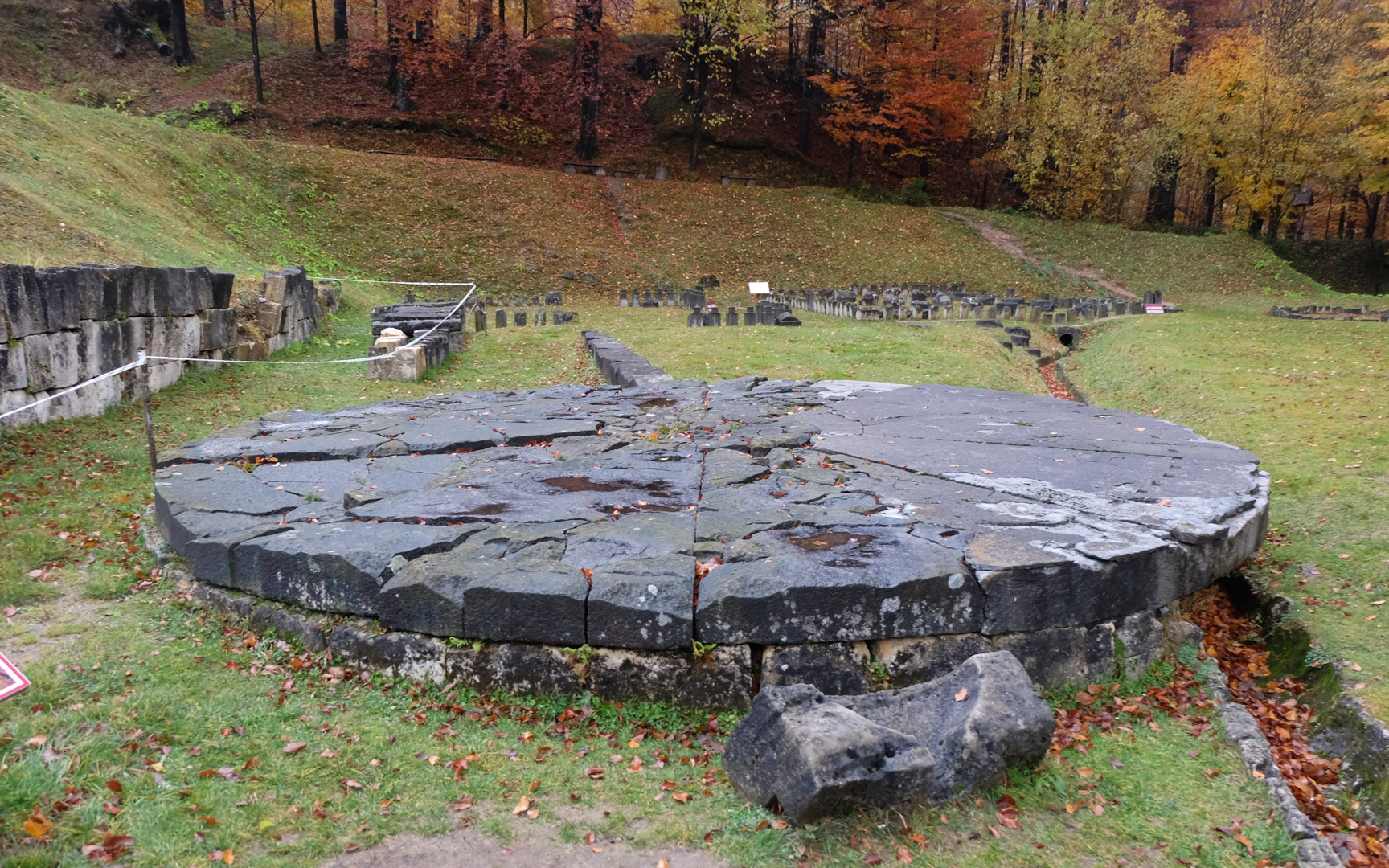
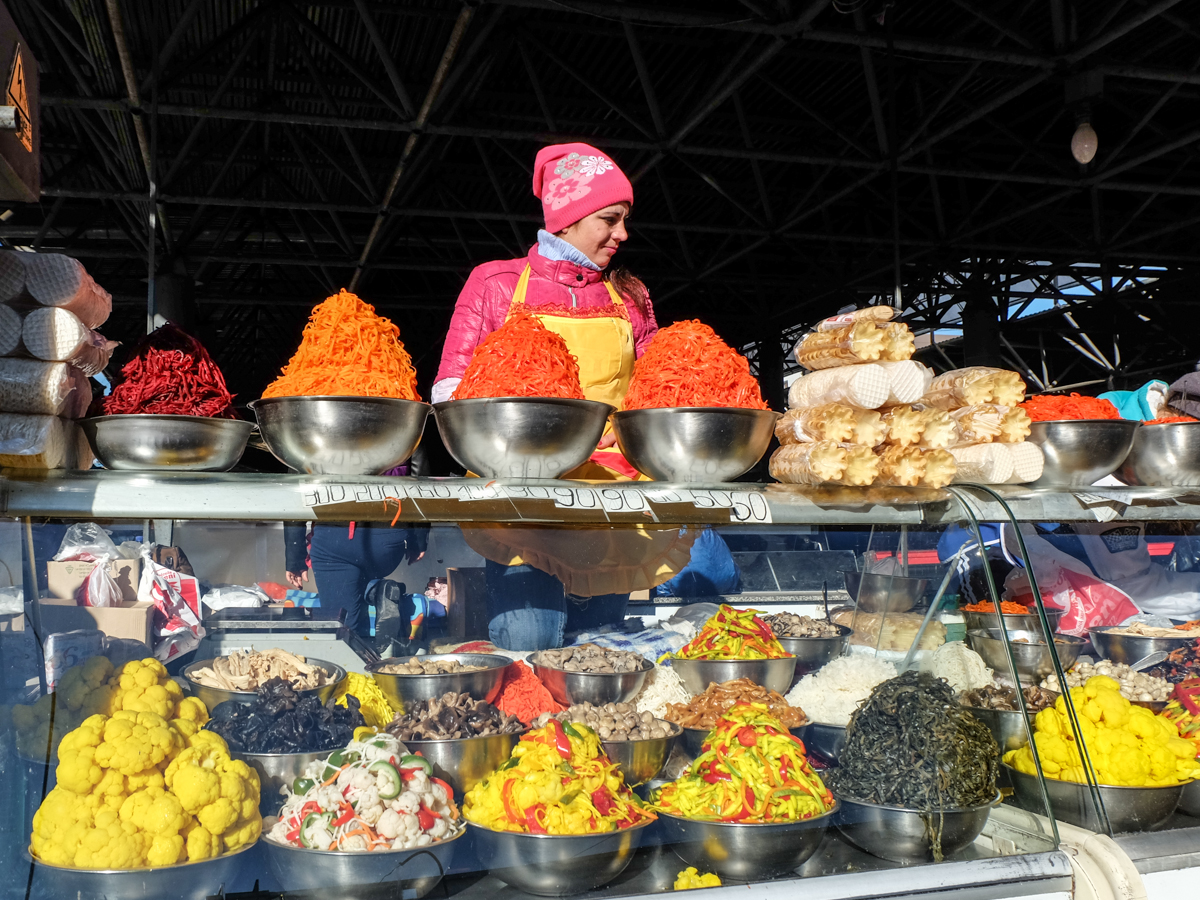
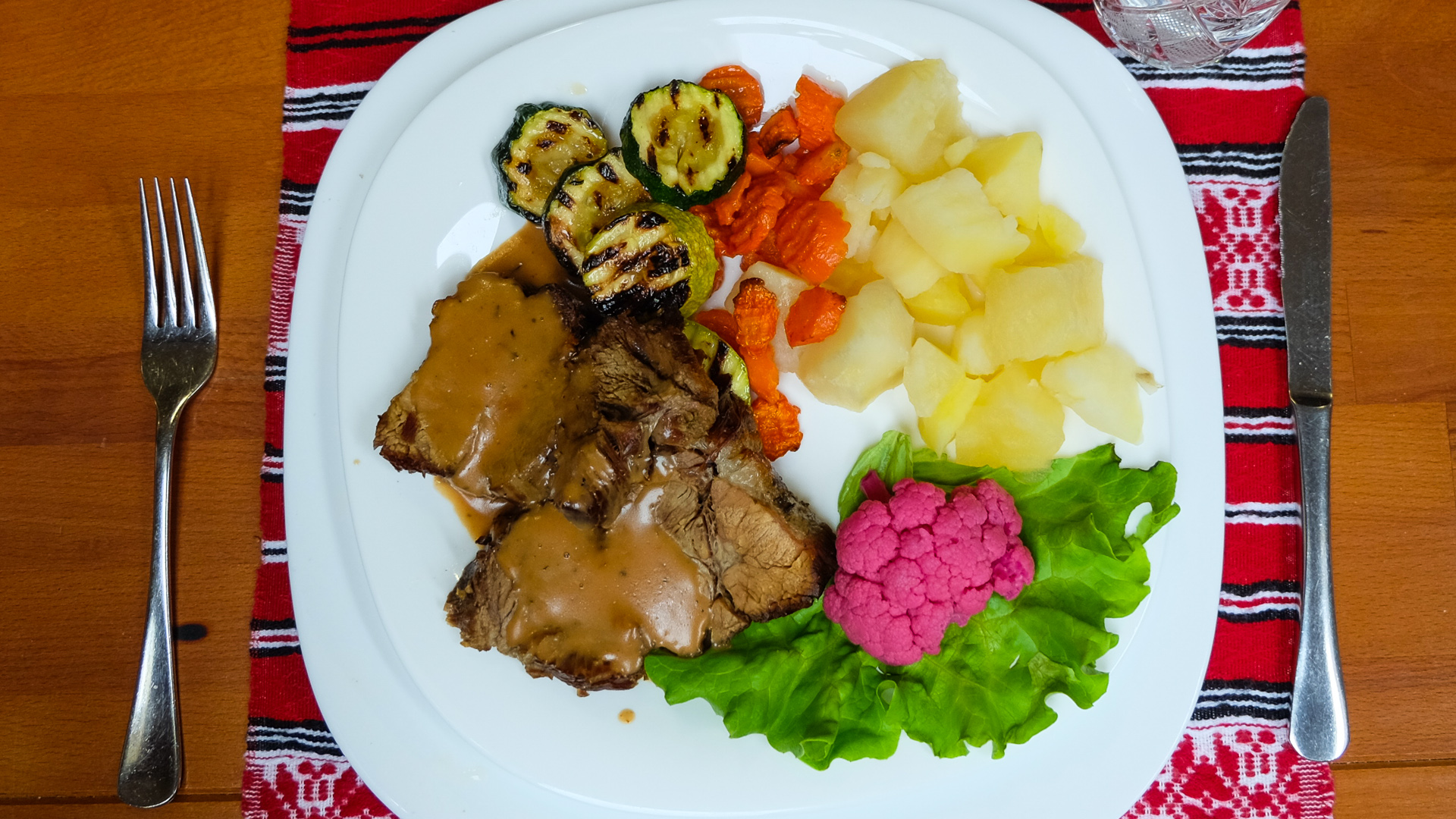
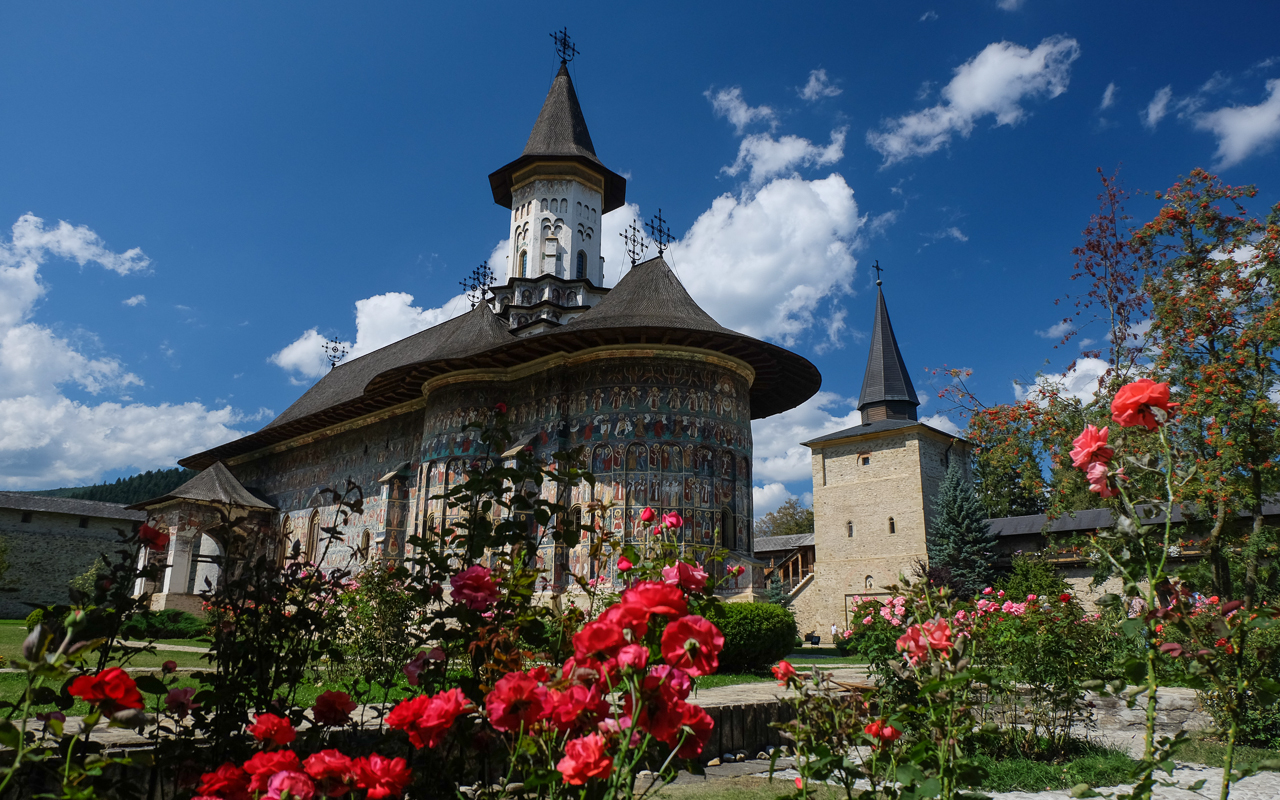
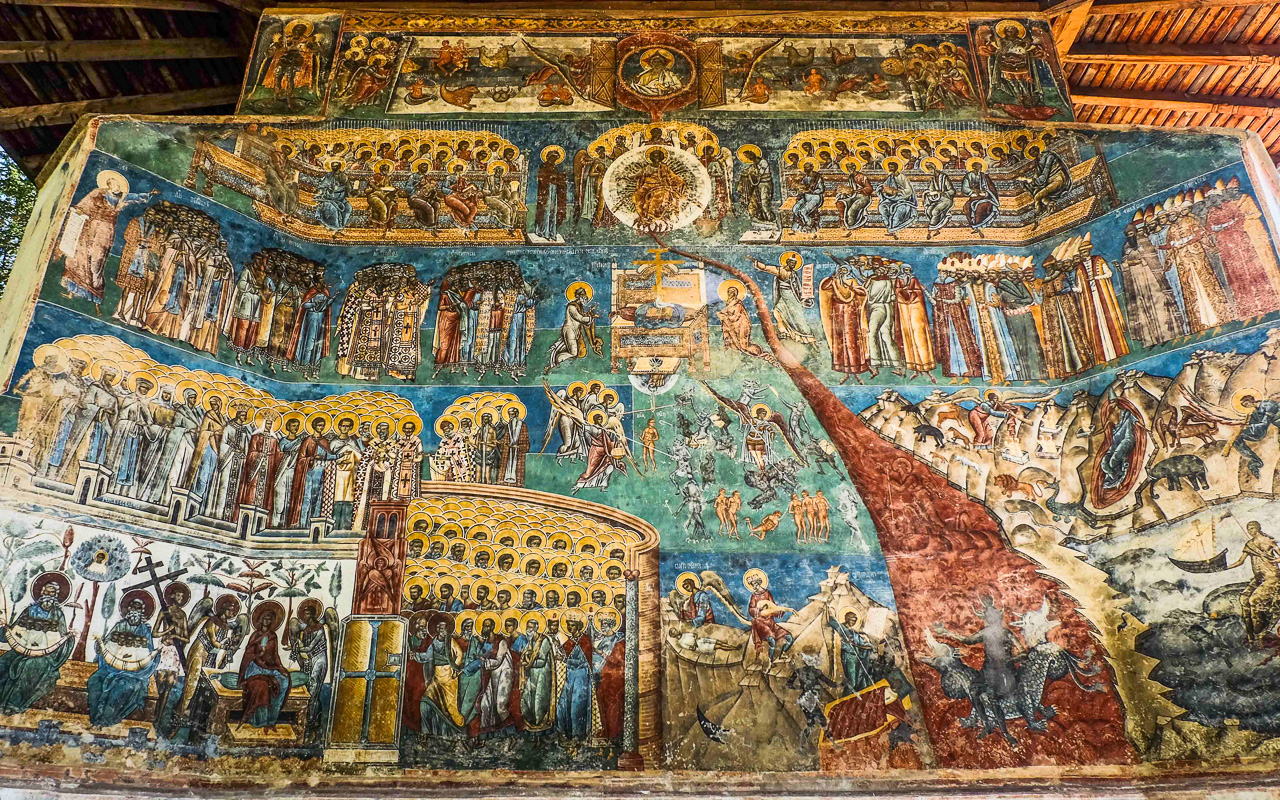
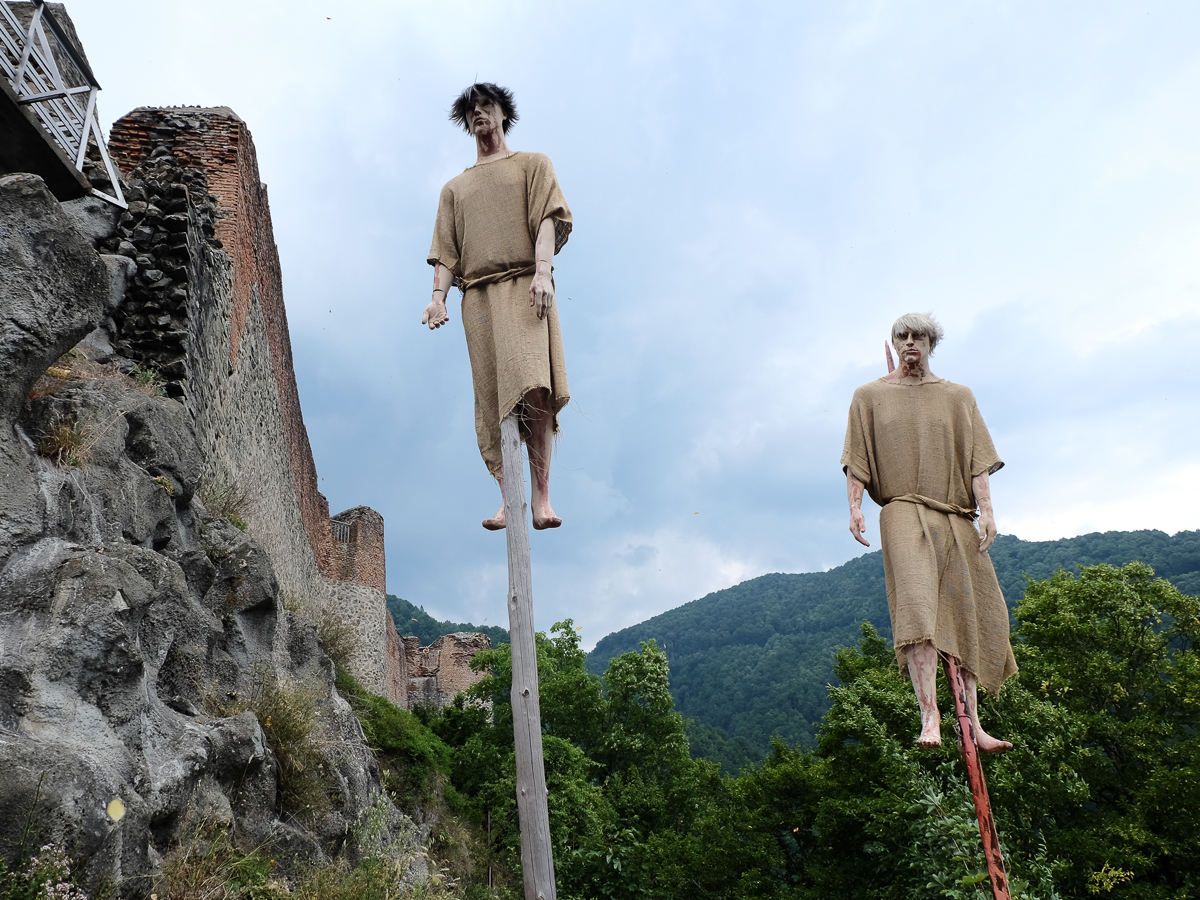

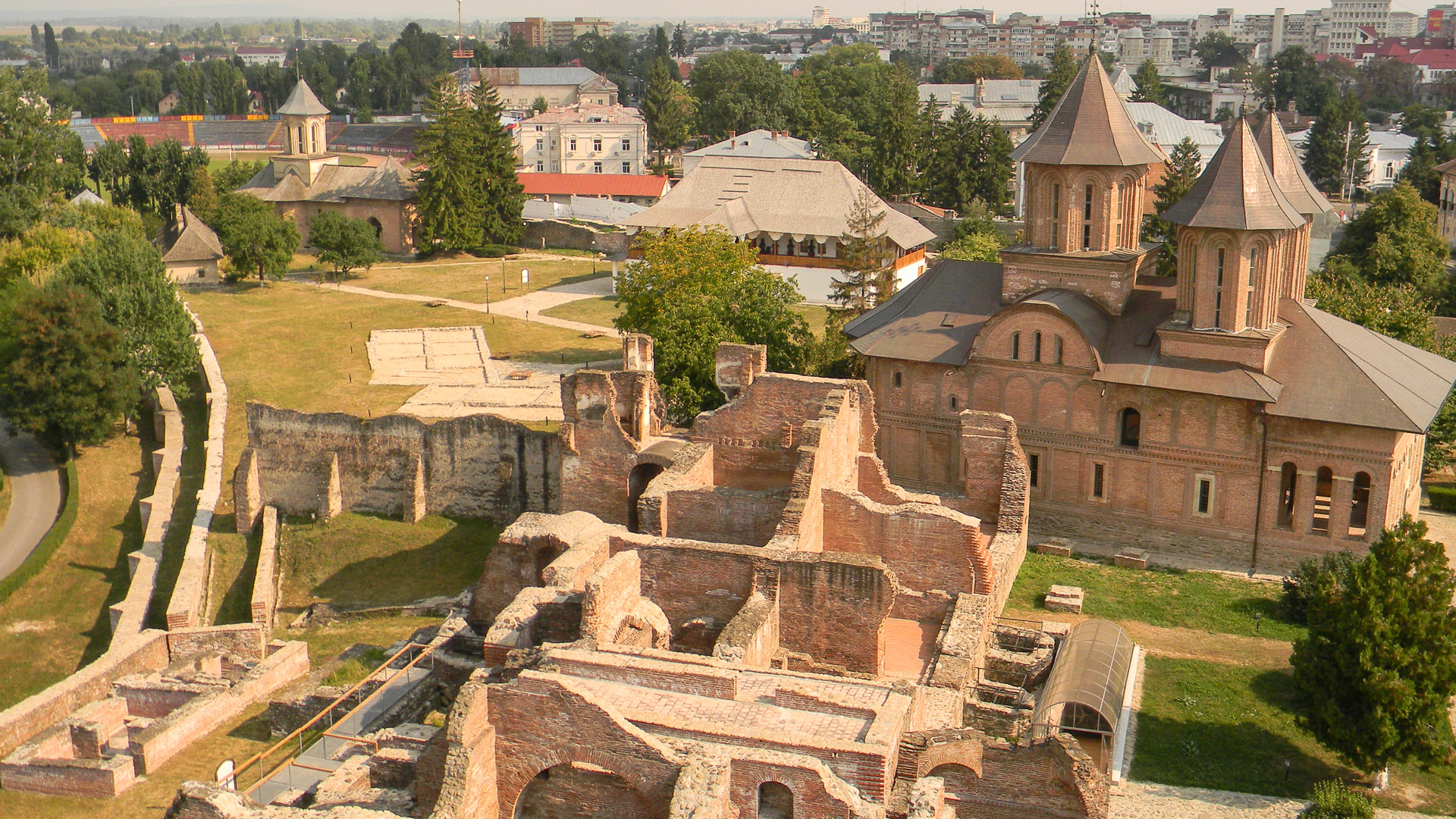
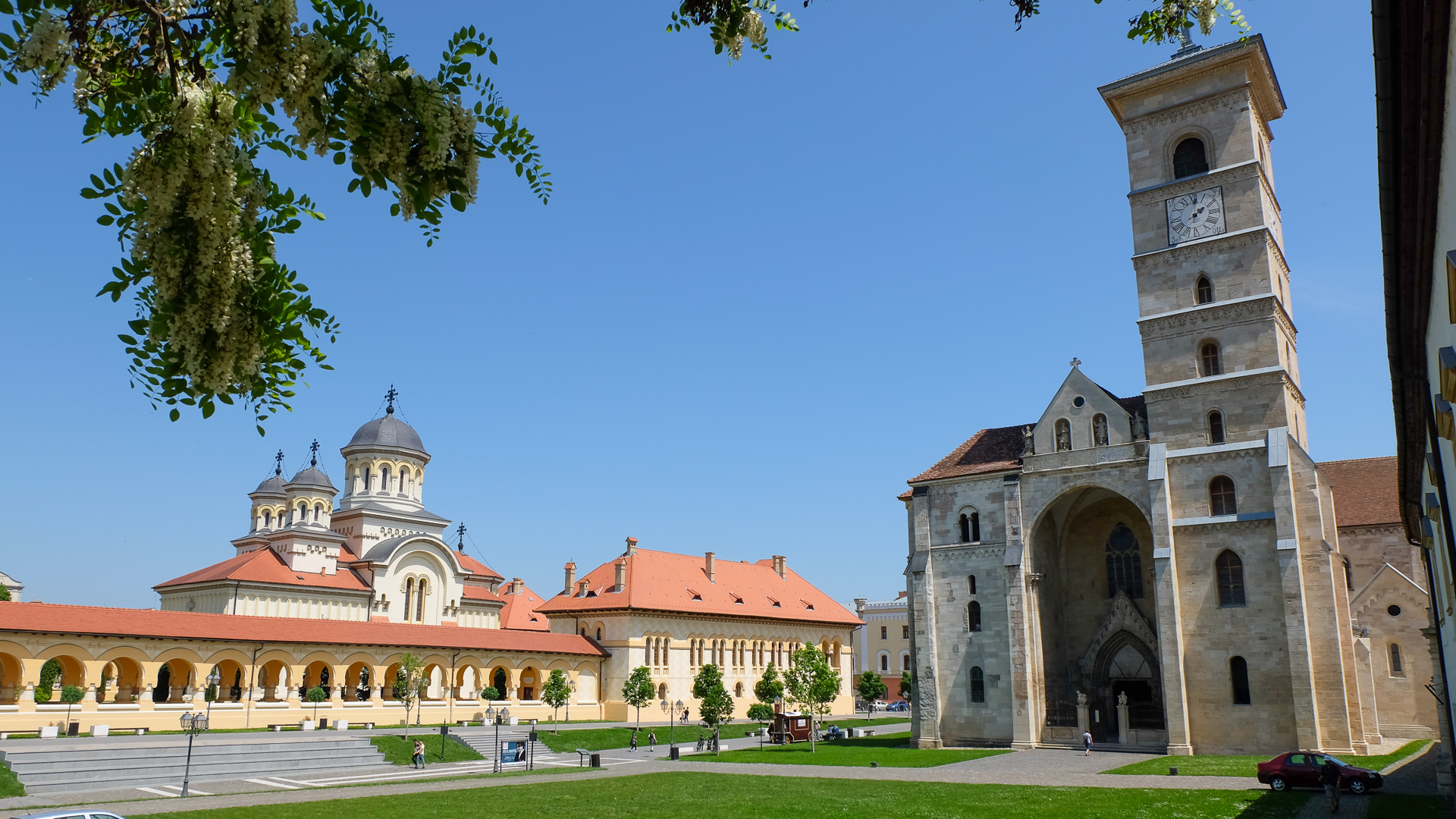
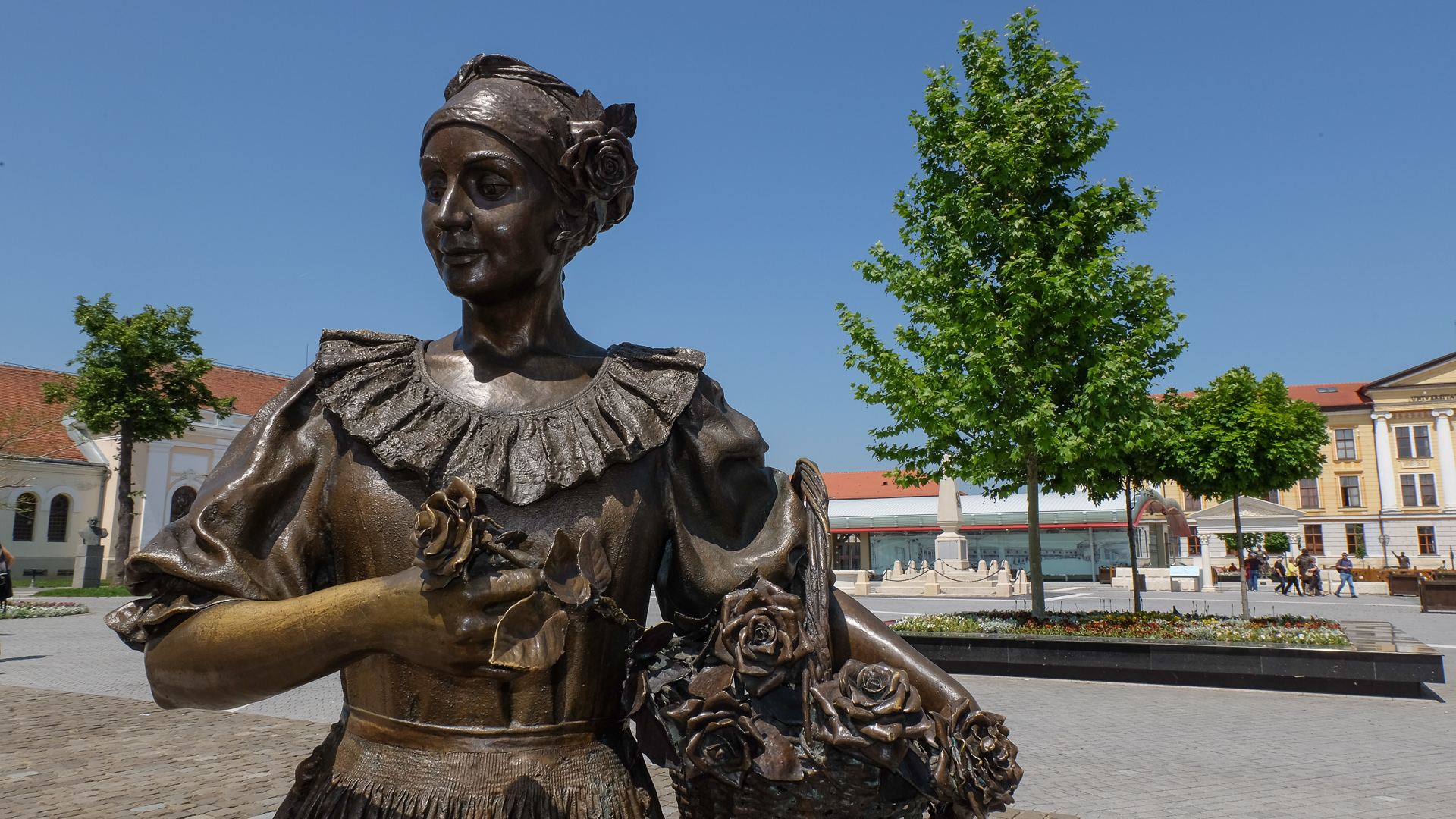

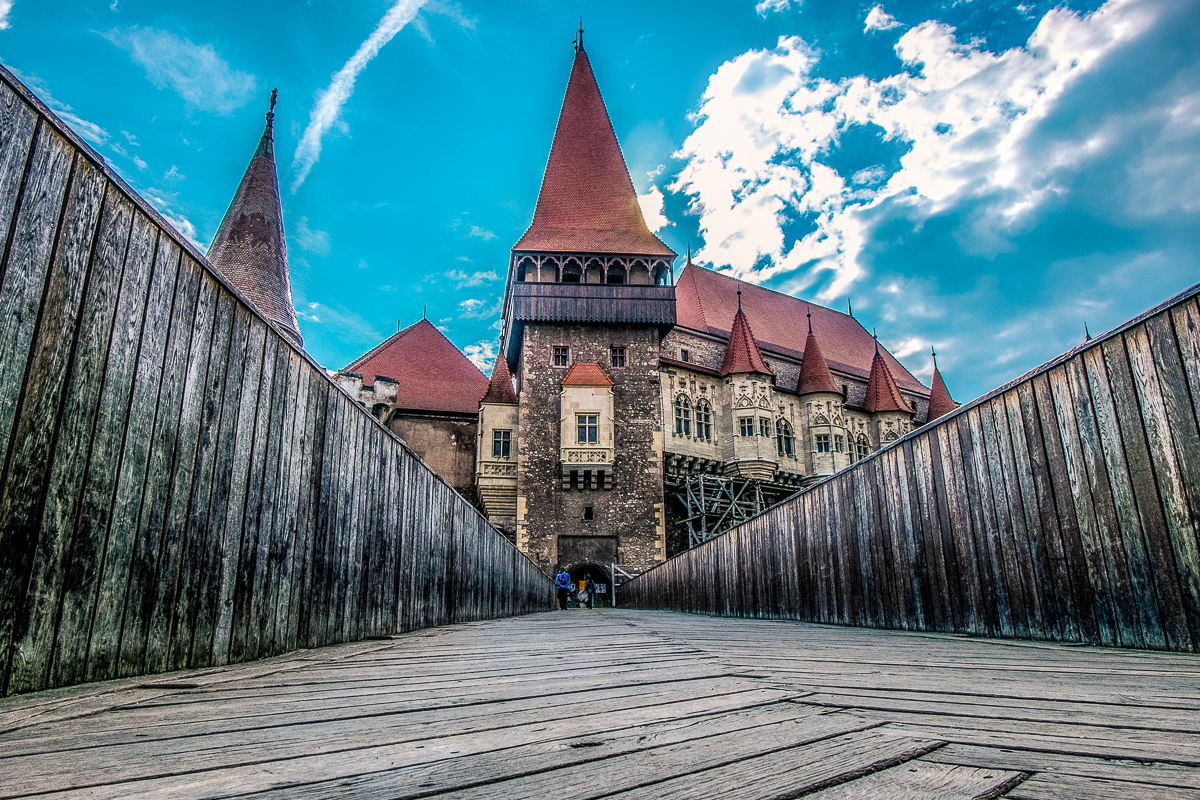
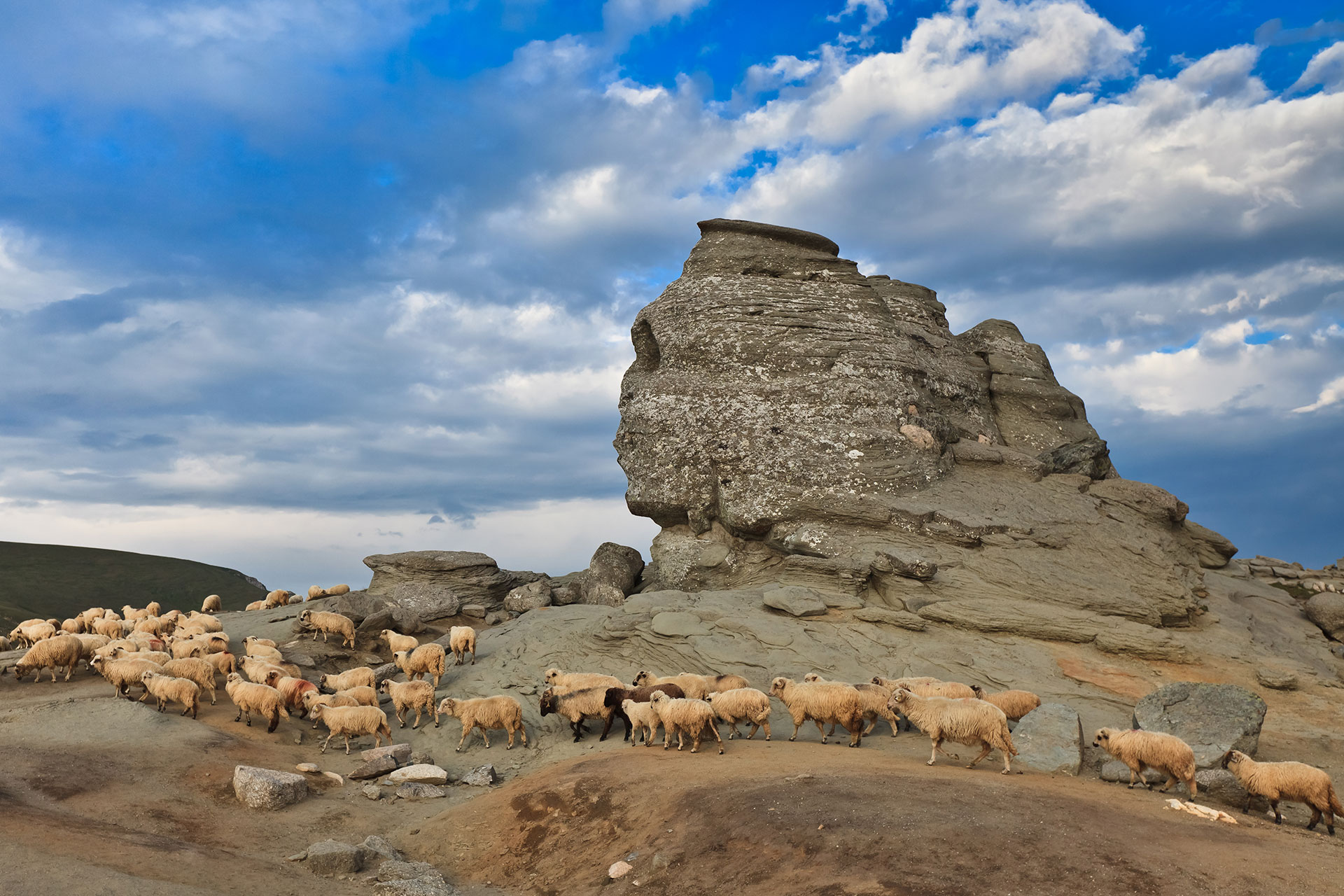
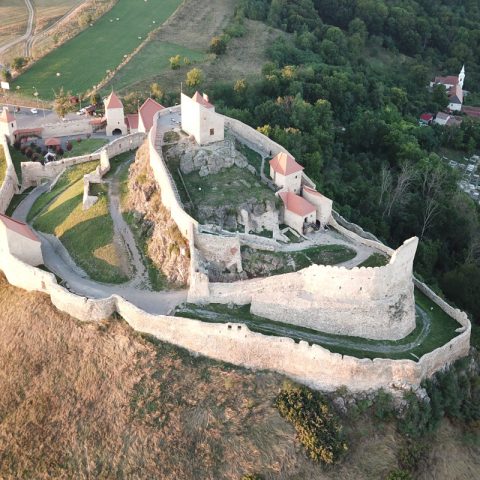

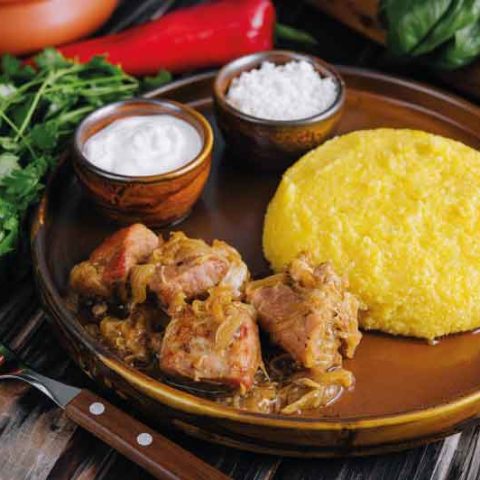











Leave a Reply